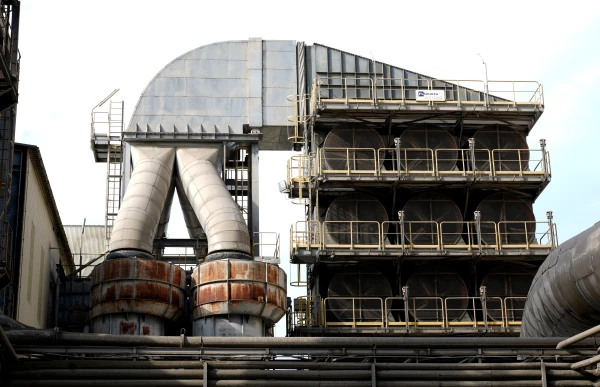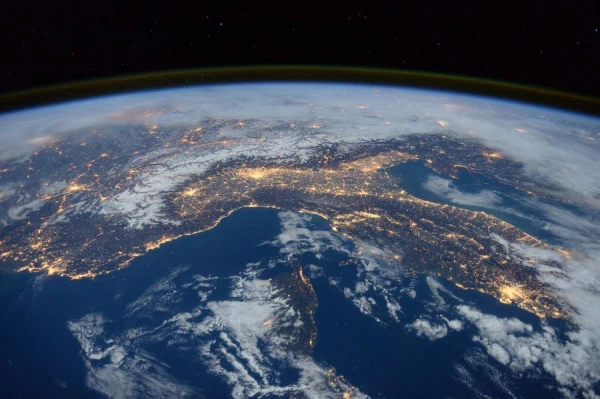
The deposits are distributed extremely unevenly across the planet, making them strategically valuable.
Rare earth elements (REE) are a group of 17 metals, including 15 lanthanides, as well as scandium and yttrium. Although they cannot be considered truly rare, they are distributed extremely unevenly across the planet, making them strategically valuable.
China has 44 million tons. China undoubtedly leads in the field of rare earth metals, possessing almost half of the world's reserves and controlling a large portion of mining and processing. Strategic management of these resources has allowed the country to secure a key role in the global supply chain.
Brazil holds the second-largest reserves of rare earth elements in the world — about 21 million tons. Despite its impressive potential, production remains limited for now. The country is actively developing geological exploration and infrastructure to increase production in the coming years and strengthen its market position.
India accounts for about 6.9 million tons. India is gradually increasing its mining volumes, and the government is investing in the development of processing capacities and logistics to strengthen the national REE industry.
Australia ranks fourth in the world with reserves of about 5.7 million tons. The country is implementing a number of large mining projects aimed at expanding production. A stable economy, a favorable investment climate, and a rich mineral base make Australia one of the key players in the global rare earth metals industry.
Russia has approximately 3.8 million tons of rare earth metals. The country is actively developing geological exploration and mining, aiming to strengthen its presence in the global market.
Vietnam has around 3.5 million tons of rare earth elements. The main deposits are located along the northwestern border with China and on the eastern coast. Vietnam is actively developing mining to reduce dependence on imports and increase export potential.
The United States ranks seventh in terms of reserves — about 1.9 million tons. The main deposit is the Mountain Pass mine in California, which has been operating since the 1950s. Despite this, the U.S. remains heavily dependent on imports, primarily from China, especially at the stage of processing ore into finished materials.
Denmark (specifically in Greenland) has nearly 1.5 million tons of rare earth elements, making it the eighth most significant player. Although production is currently limited, significant reserves open up great prospects for future industrial development of the island.
Tanzania owns about 890 thousand tons of rare earth metals. Mining is in the early stages, but the country's resources have great potential for future development and attracting investments.
South Africa rounds out the top ten with reserves of about 860 thousand tons. Although the country has significant deposits, production remains limited. Active research and development are underway to meet the growing global demand for these strategic metals.
<iframe width="560" height="315" src="https://www.youtube.com/embed/D_hnnb_n_xk?si=d0M1j7jn__wL7KpO" title="YouTube video player" frameborder="0" allow="accelerometer; autoplay; clipboard-write; encrypted-media; gyroscope; picture-in-picture; web-share" referrerpolicy="strict-origin-when-cross-origin" allowfullscreen></iframe>












